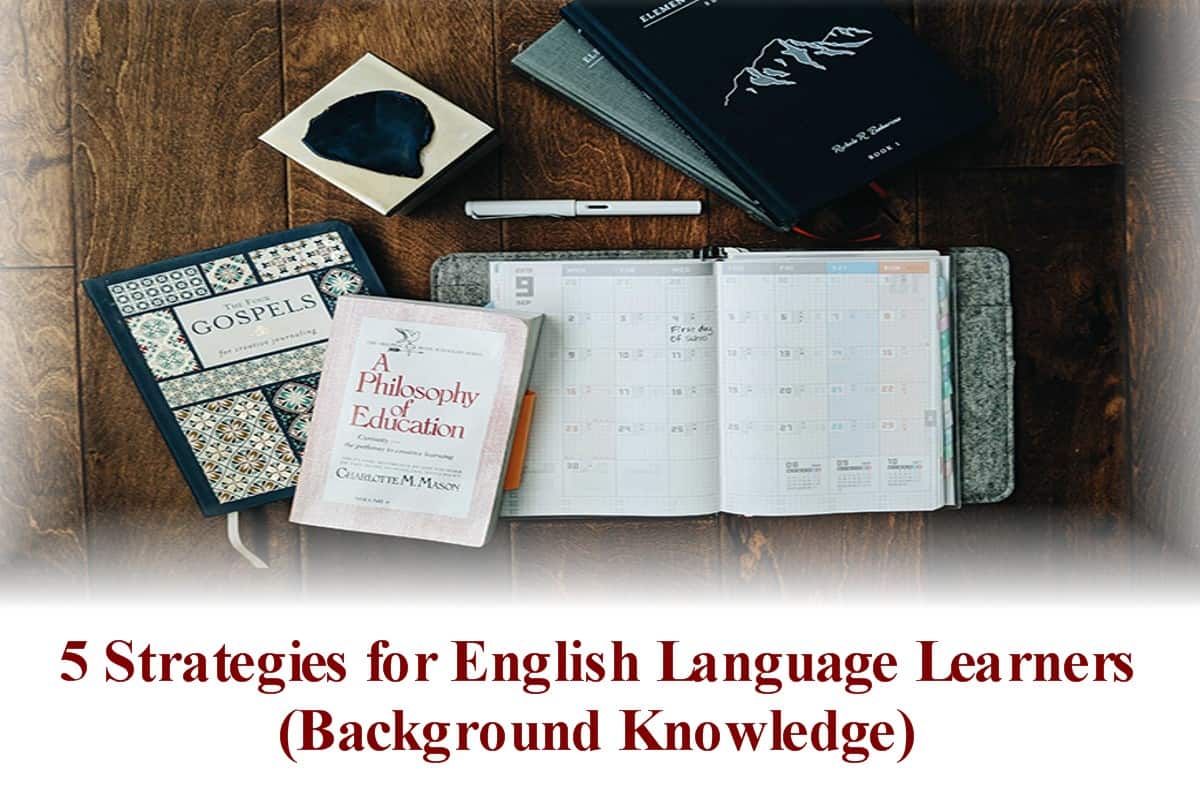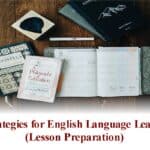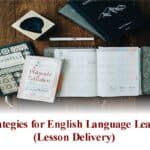Using Realia
Strategy Overview-
The word “realia” refers to a “real” object. This can include an object such as a basketball, artifacts such as an old telescope from the early 1900s, primary source documents, etc… These items are used in order provide students with a visual and physical representation of whatever is being discussed in a lesson.
What are the benefits of using this strategy?
Realia are an effective way of activating background knowledge. Chances are a student may have some knowledge of the items and it’s use in their own language and/or culture. If they are completely unfamiliar with the item, this will ensure that they remember it in future lessons. Check out this article, https://bridge.edu/tefl/blog/use-realia-esl-classroom/.
See, Think, Wonder
Strategy Overview-
This strategy involves viewing, making inferences about, and analyzing an intriguing image or object. Once students become familiar with this routine, they can be encouraged to suggest their own images or even facilitate the process themselves.
What are the benefits of using this strategy?
This critical-viewing strategy can be used to guide students’ analysis of any visual media. It encourages students to slow down and think about the media before offering feedback on its possible meaning and/or interpretation. It also allows them to see that multiple students may see and interpret that same image or media differently based on prior experience and knowledge.
Anticipation Guides
Strategy Overview-
Before reading a text, several statements about the passage are read to the students. These statements are worded so as the students can agree or disagree with them. This strategy’s purpose is to generate student interest in the material, and activate prior knowledge to help them understand the text.
What are the benefits of using this strategy?
This is an effective way to create interest in a piece of text that students are about to read independently or as a group. By having students attempt to anticipate certain components of the readings, the teacher can increase engagement and retention.
Cognates
Strategy Overview-
A cognate is a word whose meaning is apparent because it exactly, or very closely, resembles an equivalent word in another language. The only difference between the two words may lie in their pronunciations. For example, the English word “different” is a cognate of the word ”différent” in French, “diferente” in Portuguese, and “diferente” in Spanish.
What are the benefits of using this strategy?
Once you know the native language of your students, using cognates can help activate background knowledge and strengthen mental connections. Using cognates with ELLs allows for support of language acquisition through content.
KWL Chart
Strategy Overview-
Many of you may be familiar with this classic strategy. The idea here is to visually create a chart where students share information in three categories. The categories are as follows:
K- What I know
W- What I want to know
L- What I learned
What are the benefits of using this strategy?
K-W-L charts helps students connect prior knowledge with desired knowledge and acquired knowledge. It’s a metacognition activity which assists students become active thinkers. It’s a valuable guide for teachers as they seek to provide the necessary content in an efficient manner. Additionally, by knowing what the students want to learn, teachers can adjust the content delivery as needed.
Check out the following link to access frequently asked questions on ESL and Bilingual Law in New Jersey.
https://hctutorial.com/esl-and-bilingual-frequently-asked-questions/



